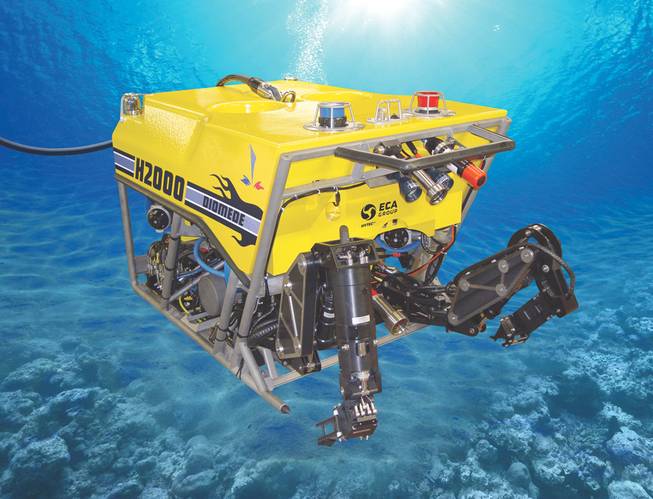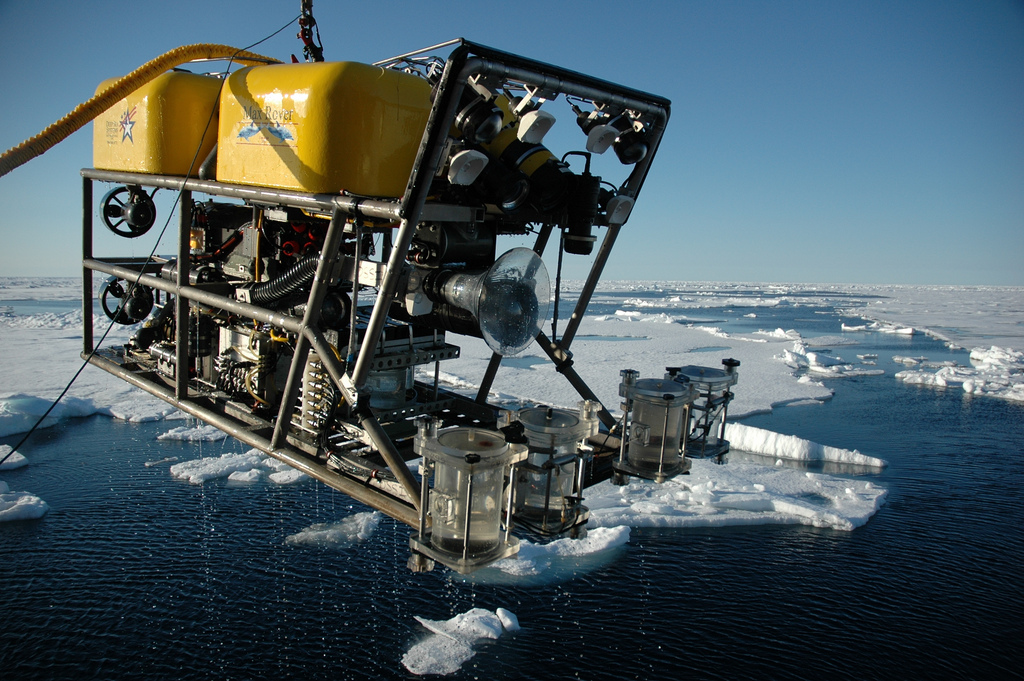

Ocean One carefully picked up the vase and placed it in a basket for transportation to the surface. The feedback has been so cleverly designed that the team say it allows them to feel the weight and texture of an object. The robot reached out to touch the vase and using haptic feedback, relayed information to Khatib. The robot was gently lowered into the sea, and using joystick control Oussama Khatib gently guided it toward the vase. The team at Stanford had studied the site carefully and identified a vase, the retrieval of which was the job of Ocean One. As a flagship of King Louis XIV, it was very likely that La Lune contained artefacts valuable to archeologists. La Lune was wrecked in 1664, and resting at 100 meters below the surface of the Mediterranean, her position was too deep for humans to reach. The location was the shipwreck of La Lune, 20 miles off the southern coast of France. In April 2016, Ocean One’s first mission was to explore a shipwreck with its team. Reflecting the contact forces back to the operator allows the human controller to share a sense of touch, vital to sensitive operations such as sampling deep-sea habitats or collecting artefacts from shipwrecks. In its most basic form, haptics is felt through the vibrations on your smartphone. Simply put, haptic feedback, or ‘haptics’ is the use of touch feedback. Despite the fact that haptic feedback might not be a term familiar to everyone, you can pretty much guarantee that you’ve used it. The design on Ocean One is incredibly well thought out, incorporating bimanual arms, stereoscopic vision, eight thrusters and hands combining force sensors and haptic feedback. With those human skills and aptitudes in mind, Ocean One has been developed not only to closely mimic the abilities of a human diver, but to work with a team at sea level, who provide cognitive capabilities and expertise. Oussama Khatib and his team then set to work designing a new robot to emulate the skill and care of a human diver.

The team at KAUST contacted Stanford University’s Robotics Lab to see if they could come up with a solution. Additionally, this method removes the specimen from its natural habitat, which will potentially change its behavior. This can mean potential damage to the reefs when attempting to collect samples. The problem with this system is that ROVs have a number of disadvantages including their bulky size and lack of maneuverability. Standard practice when studying deep-sea specimens has been to use an ROV to collect a sample which can then be brought to the surface to be studied further. The study of these reefs is becoming increasingly important as coral reef cover nearer the surface of the ocean is continuing to shrink at unprecedented rates. These corals inhabit the oceans at depths far beyond human range. Professors there were looking for a way of monitoring deep mesophotic coral reefs in the Red Sea. The inspiration behind developing an ocean going robot came from King Abdullah University of Science and Technology (KAUST) in Saudi Arabia.


 0 kommentar(er)
0 kommentar(er)
